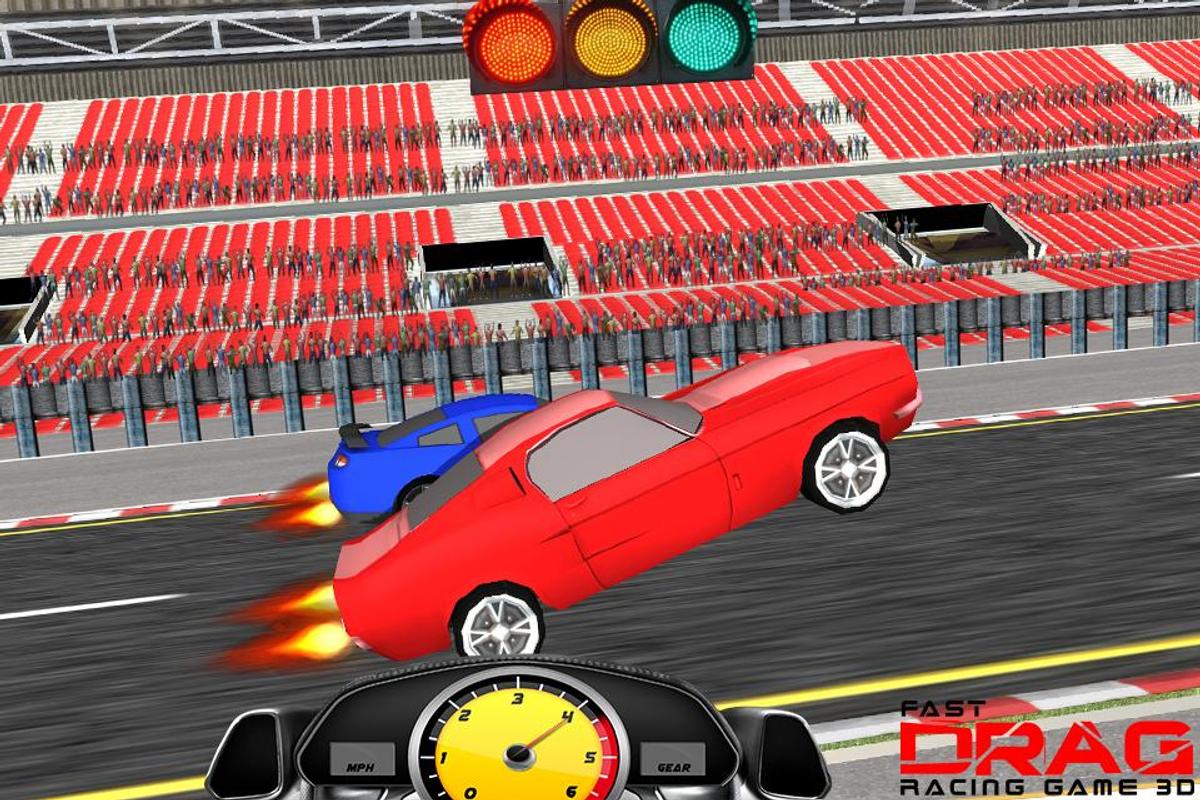

The Colombian parliament then passed a law giving the state the right to all of the treasure, leaving SSA with a 5% finder's fee, which was to be taxed at 45%.
#GALLEON CARGO CROSSWORD FULL#
Ī group of investors from the United States called Glocca Mora Co., operating under the name 'Sea Search Armada' (SSA), claimed to have found the shipwreck off the coast of Colombia in 1981, but Colombia refused to sign a 65%/35% share offer and refused SSA permission to conduct full salvage operations at the wreck site. The enormous value of this cargo has led to San José being called the "Holy Grail of Shipwrecks".

The silver and gold are from the mines of Potosí, Bolivia. 11 million 8 escudos gold coins, or 11 million coins each of 27 grams of 92% gold, totaling 8.8 million troy ounces AGW, or $11.5 billion) and many silver coins on board at the time of its sinking, similar to its surviving sister ship, San Joaquín. The wreck of the San José is estimated to be worth about $14.43 billion as of 2021, based on the speculation that it had up to 11 million 4-doubloons (i.e. Spanish gold 4-doubloon coin ( 8 escudos). Of the 600 people aboard, only eleven survived. During the battle, the powder magazines of San José detonated, destroying and sinking the ship with most of her crew and the gold, silver, emeralds and jewelryĬollected in the South American colonies to finance the Spanish king's war effort. On 8 June 1708, the fleet encountered a British squadron near Barú, leading to a battle known as Wager's Action.

On its final voyage, San José sailed as the flagship of a treasure fleet composed of three Spanish warships and 14 merchant vessels sailing from Portobelo, Panama, to Cartagena, Colombia. San José and San Joaquín were part of the Spanish treasure fleet during the War of the Spanish Succession, under General José Fernández de Santillán, the Count of Casa Alegre. They built twin ships simultaneously and named them San José and San Joaquín. Construction started in 1697 and ended in 1698. San José was designed by Francisco Antonio Garrote and built by Pedro de Aróstegui at the shipyard in Mapil, Usurbil, Gipuzkoa, Spain.

In July 2017, it was announced that a salvage operation managed by the Colombian government would proceed. The sunken ship was located 600 m deep by the Woods Hole Oceanographic Institution (WHOI) in November 2015. It was launched in 1698, and sank in battle off Barú Island, just south of Cartagena, Colombia, in 1708, while laden with gold, silver and emeralds worth about US$17 billion as of 2022. San José was a 64-gun, three-masted galleon of the Spanish Armada de la Guardia de la Carrera de las Indias. Quarterdeck and Forecastle: 12 × 6-pounders.Pedro Arostegui (contractor), Mapil (Usurbil) ĭestroyed during the Battle of Barú ( Wager's Action), 8 June 1708.ħ1.00 codos (of 564 mm) lower deck length In other words, not every definition of piracy includes people stowing away on a ship in order to attack it at sea.Explosion of San José during Wager's Action. In addition, some current definitions of piracy apply only if the attackers use a ship to reach their target. Some laws apply only to ships in international waters, and some apply whether a ship is in motion, at anchor or berthed. Most modern laws, though, apply only to attacks on ships at sea. In the past, piracy included attacks on ports and other settlements on land. In peacetime, many privateers, including Sir Frances Drake, turned to piracy. Governments used privateers to harass enemies and supplement navies during times of war. In the past, people who behaved like pirates but had governmental authority (often in the form of a Letter of Marque, an official document granting permission to attack and plunder enemy ships) were called privateers. The pirates must operate outside the authority of any government.Military activities, environmental protests or acts of industrial espionage are not piracy. The attack must be for private gain using private vessels.


 0 kommentar(er)
0 kommentar(er)
